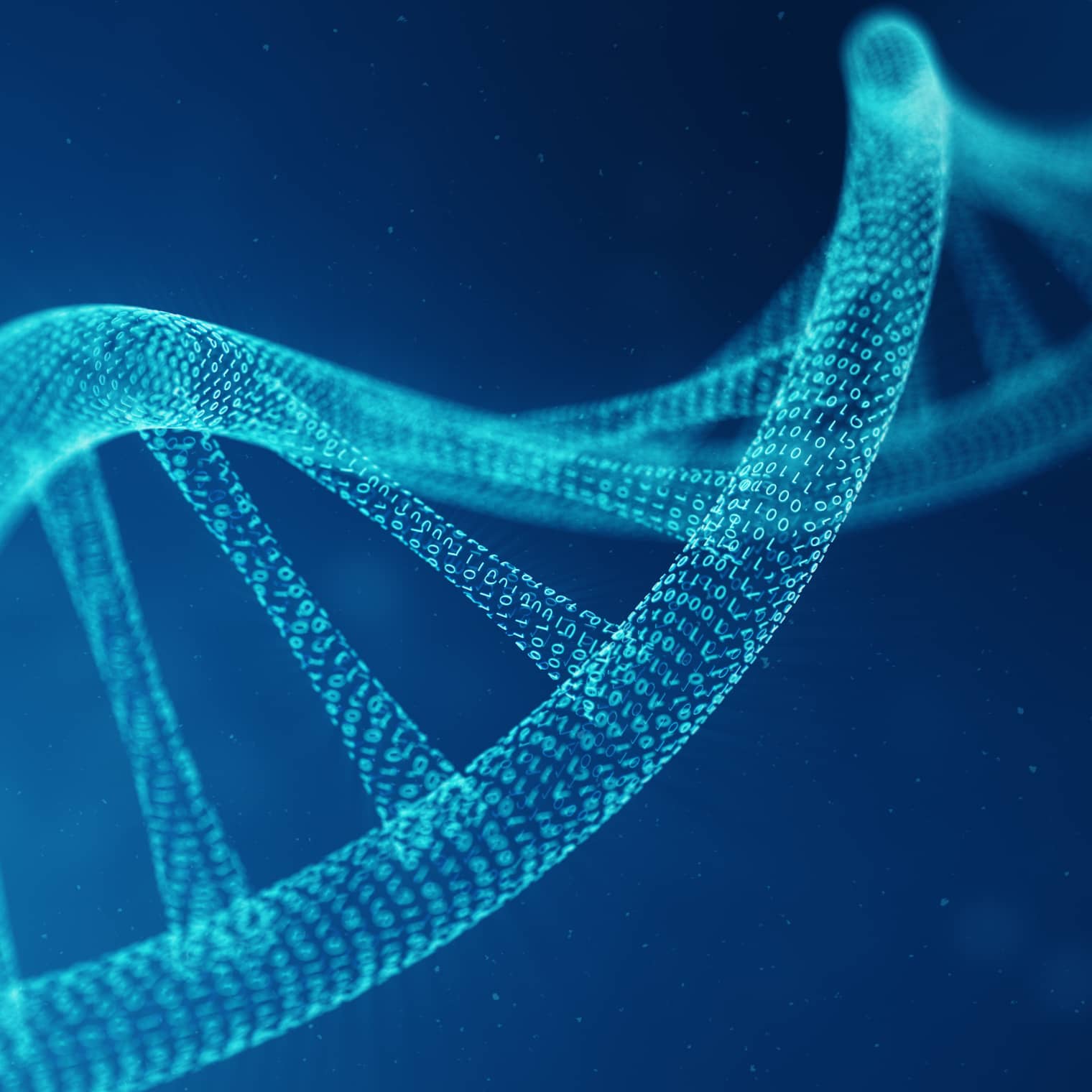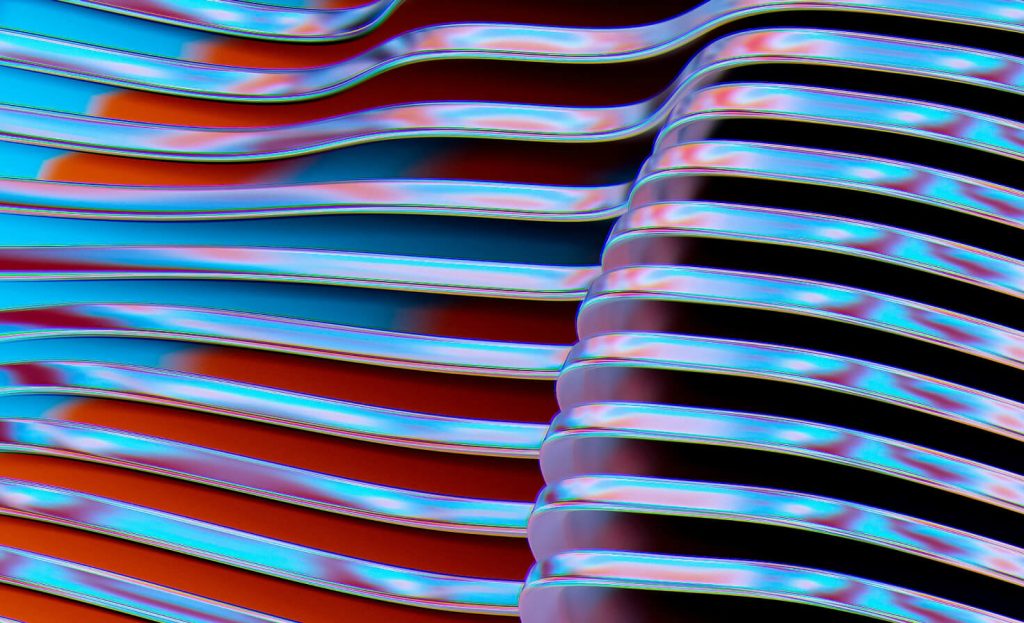
Over recent years, wearables and remote-access services have become crucial healthcare tools. Devices like smartwatches count your steps, track your heart rate, monitor your sleep, and even detect early signs of illness.
But it is not limited to smartwatches only. You probably have heard about devices that help you monitor blood sugar, blood pressure, and more. Artificial intelligence is helping these devices become more intelligent in this way giving people more control over their well-being.
Read on to learn more about the potential of wearable technology in healthcare.
- Wearables transform healthcare with real-time monitoring and early disease detection.
- They are able to track a variety of metrics: heart rate, glucose, blood pressure, sleep, stress, posture, and more.
- Future trends: AI, biosensors, smart textiles, IoT, and remote patient monitoring.
The rise of wearable technology in healthcare
Wearables have been a feature of life for a while now. The first fairly rudimentary health trackers, the Fitbit Flex, were introduced in 2013. They allowed users to track their daily steps but not much else. But now, wearable technology in healthcare holds massive promise.
Since the pandemic started, the wearable devices and healthcare software development markets have exploded. Innovators are making significant strides toward integrating wearable technology into healthcare practices. These advancements include devices that track not just steps but also: heart rate, sleep quality, blood oxygen levels, blood pressure and stress level.
According to Statista, the global market for wearable healthcare devices was worth over 25 billion U.S. dollars in 2023 and was forecast to grow to over 76 billion U.S. dollars by 2029. As technology continues to advance, wearable devices are poised to play an even greater role in overall well-being.

Top 10 wearable health gadgets that are changing lives today
1. Wearable glucose meters
Continuous glucose monitors (CGMs) track blood glucose levels in real-time, providing constant data on trends throughout the day and night. Unlike traditional blood glucose meters that require finger pricks, CGMs use a small sensor placed under the skin to measure glucose levels continuously. These devices help people with diabetes maintain better control, reduce complications, and prevent dangerous highs and lows. They also integrate with smartphones and smartwatches, allowing them to receive alerts when readings go too high or low.
2. Wearable blood pressure monitors
Combined with advanced sensor technology, wearable blood pressure monitors measure blood pressure directly from the wrist or upper arm. Some models sync with health apps, allowing users to share their readings with doctors for better treatment plans and enhanced patient experience. They are beneficial for individuals with hypertension, heart disease, or those at risk of stroke.
3. Stress management devices
Too much exposure to cortisol and other stress hormones disrupts almost every process of the body. This puts you at higher risk of many health problems, including chronic stress that affects your mental and physical health. Wearable stress-management devices track heart rate variability, skin temperature, and breathing patterns to assess stress levels throughout the day. These devices provide real-time feedback to help users manage stress effectively. Some even use gentle vibrations or calming music to encourage relaxation, making them ideal for improving mental well-being.
4. Sleep trackers
Sleep is perhaps one of the most important factors in health. If a person doesn't sleep enough, the whole body is negatively affected. Wearable sleep trackers monitor sleep duration and cycles. They provide insights into sleep patterns and offer personalised recommendations to improve sleep. Some advanced models track disturbances such as snoring and sleep apnea.
5. Posture correctors
Poor posture leads to chronic pain, fatigue, and long-term spinal issues. Wearable posture correctors send reminders to sit or stand properly. They are attached to the back, shoulder, or clothing, and sensors are used to monitor posture. By vibrating or sending notifications when poor posture is detected, they encourage users to maintain a healthier stance. They are handy for office workers and those who spend hours sitting at desks.
6. Smart clothing
Smart clothes have sensors built into the fabric and are comfortable enough to wear every day. They check your heart rate, muscles, temperature, hydration and more. Some smart clothes give workout tips to help people move better and avoid getting hurt. Others are made for health reasons, like keeping an eye on breathing or helping after an operation.
7. Smartwatches
Modern smartwatches track your heart rate, spot irregular rhythms with ECG readings, and measure blood oxygen levels. These watches also track fitness, analyse sleep, and help manage stress. Some can detect falls and send emergency alerts. They even send real-time health alerts and let users share data with their doctors for better monitoring.
8. Fitness trackers
Staying active is key to maintaining a healthy lifestyle. Fitness trackers help users monitor daily activity levels as they count steps and measure calories burned. Advanced models offer GPS tracking, heart rate monitoring, and workout recommendations tailored to individual fitness goals. Some fitness trackers also provide hydration reminders and virtual coaching programs.
9. Heart rate monitors
Heart rate monitors are specialised wearables that offer exact heart rate measurements and provide accurate real-time data for users who need to track their cardiovascular performance. Chest-strap models provide the most accuracy, while wrist-based monitors offer convenience in everyday use. Some advanced models also sync with fitness apps and mHealth solutions. Plus, newer models come with sleek designs, allowing users to track their heart rate discreetly throughout the day, whether at the gym or in the office.
10. Wearable ECG devices
Electrocardiogram (ECG) wearables allow monitoring of the heart's electrical activity and even detection of irregular heart rhythms. The global market for Mobile ECG Devices was valued at $2.7 billion in 2024 and is expected to grow to $5 billion by 2030, with an annual growth rate of 10.7%. This growth is driven by many factors, including the rising prevalence of cardiovascular diseases and the focus on early diagnosis and prevention.

The benefits of wearable technologies in healthcare
- Convenience: Smartwatches offer multifunctionality. They combine tasks typically associated with mobile devices—checking messages and email, for example—with the health-tracking capabilities of wearable healthcare technology, providing users with an attractive one-stop-shop.
- Reduction in care costs: The provision of more remote healthcare services and tailored diagnoses and treatment plans have the obvious potential to reduce the overheads associated with the traditional healthcare model. Meanwhile, optimising in-patient services can ensure that resources are efficiently allocated to make the best use of hospital budgets.
- Improved diagnosis: The real-time nature of wearable technology and the sheer depth of insight into a patient’s vitals gives doctors the best chance they’ve ever had to spot disease early and provide the most accurate diagnoses—in-clinic or remotely.
- Better patient outcomes: This is explained by the previous point but to elaborate, with an earlier and more accurate diagnosis, patients can receive swift and tailored care solutions that are most likely to lead to the best health outcomes. What’s more, they benefit from the convenience of patient experience services in healthcare along with remote monitoring, rather than having to visit a medical institution to receive care.
- Reduced burden on staff: Using technology to identify which patients need to come into the surgery or hospital to receive urgent care will reduce the instances of a visit and free up vital bed space and doctors’/nurses’ time, allowing them to focus on those patients most desperately in need of their care

Potential pitfalls of wearables in healthcare
While wearable technology in healthcare holds massive promise, there are still some concerns around its safety, ethics and efficacy. There is still a degree of scepticism among users where data security is concerned, and the gathering of reliable data depends on proper use by the wearer.
These minor obstacles aside, though, wearable technology has the potential to completely change how medical care is assessed and delivered in the years to come.
Emerging trends in healthcare wearable technology
AI-powered health monitoring
Artificial intelligence enhances wearables as it lets us analyse vast amounts of real-time health data which allows us to detect early signs of diseases such as cardiovascular conditions, diabetes complications, and neurological disorders. Predictive analytics will enhance personalised healthcare recommendations and enable early intervention strategies.
Advanced biosensors
Biosensors are another telehealth innovation that's providing promising results. These little adhesive patches allow wearers to move around and perform daily activities normally while capturing vitals such as heart rate, activity, temperature and breathing. With the help of telemedicine software, these tiny devices can reduce instances of cardiac arrest in wearers.
Remote patient monitoring and telehealth integration
Remote patient monitoring will integrate further with telehealth services, enabling seamless electronic health record connectivity. AI-driven insights will enhance remote diagnostics. Another trend is brain-computer interfaces (BCI) and neurological wearables that support stroke recovery and brainwave tracking.
Innovative wearable optics
Innovative wearable optics will transform healthcare, with smart contact lenses monitoring glucose levels in tears and augmented reality (AR) glasses displaying real-time patient data for surgeons and medical professionals.
Advancing healthcare with IoT and edge computing
Implementing IoT technology allows faster data transmission and real-time health alerts that will improve patient outcomes, while edge computing solutions will enhance diagnostic capabilities.
Innovative wearables for aging and assisted living
Wearable technology will be vital in senior care and assisted living. Advanced devices will include fall detection and emergency alert systems, while AI-powered medication reminders and cognitive assessments will help manage age-related health concerns.
The growing impact of wearables on healthcare
Wearables will make greater contributions to how we monitor and control health. New technologies will provide healthcare professionals with more precise information for specific and timely interventions. The patient-provider relationship will shift toward more active health management.
Wearables will also expand to cover mental health and lifestyle factors. As the technology develops, it will be integrated into everyday life so subtly that it will become the new standard for healthcare that is less invasive and more effective.

FAQs
Wearable healthcare technology is a smart device designed to track and monitor various health metrics in real-time.
- Smartwatches – Devices like the Apple Watch and Fitbit track heart rate, steps, sleep, and even detect irregular heart rhythms.
- ECG monitors – Wearables such as KardiaMobile can record electrocardiograms, helping to detect conditions like atrial fibrillation.
- Smart glucose monitors – Devices like the FreeStyle Libre provide continuous glucose monitoring for people with diabetes without the need for finger-prick tests.
Yes, it can improve health by monitoring vital signs, but it depends on the person. Wearables help stay engaged with health goals and manage chronic diseases like diabetes and hypertension. However, their effectiveness depends on user engagement and accurate data interpretation.
The biggest advantage of wearable IoT devices is real-time health monitoring. With the help of IoT, it is possible to early detect of potential health issues.
Related Insights







The breadth of knowledge and understanding that ELEKS has within its walls allows us to leverage that expertise to make superior deliverables for our customers. When you work with ELEKS, you are working with the top 1% of the aptitude and engineering excellence of the whole country.

Right from the start, we really liked ELEKS’ commitment and engagement. They came to us with their best people to try to understand our context, our business idea, and developed the first prototype with us. They were very professional and very customer oriented. I think, without ELEKS it probably would not have been possible to have such a successful product in such a short period of time.

ELEKS has been involved in the development of a number of our consumer-facing websites and mobile applications that allow our customers to easily track their shipments, get the information they need as well as stay in touch with us. We’ve appreciated the level of ELEKS’ expertise, responsiveness and attention to details.

